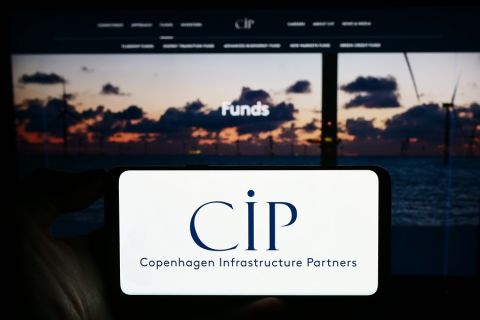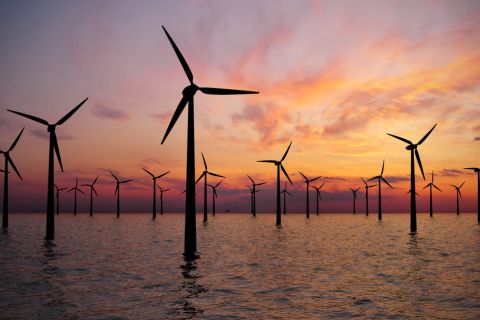
An LNG tanker sets sail at dawn.
This excerpt is from a report that is available to subscribers of Stratas Advisors’ Global LNG service.
Two of the most influential players in the global LNG market are looking beyond their core businesses in response to the changing market dynamics of the last few years.
Qatargas, the world’s largest single exporter, is looking to develop new markets by investing in floating storage and regasification terminals (FSRU) in several growing regions. On the other side of the spectrum, Tokyo Gas, one of the oldest and largest global importers, has announced a project to deliver LNG to energy-starved Southeast Asian islands.
These developments are the plainest indicators of the changing LNG market. The industry’s first 50 years were characterized by the presence of large exporters and importers in mostly developed nations across Asia and Europe. The liquefaction facilities were multi-train with capacities in the tens of millions of tonnes; similarly, regasification facilities were land-based with huge capacities of their own. Decades-long contracts linked these two, with the natural ebb and flow of oil and gas prices being curbed by price links with averages of five or more years.
The last several years have brought significant, fundamental change to the LNG industry though, and players like Qatargas and Tokyo Gas are faced with the choice of changing with the industry or being quickly left behind.
An eruption in the number of importers and huge new sources of supply have made the market far more dynamic than in years past. While a truly liquid market is still not in the immediate future, the trends toward shorter links in oil-indexed contracts and shorter terms in all contracts indicate that the market is assuming a new order.
Since the crash of LNG prices in 2014, LNG producers have looked to new markets as a way of bolstering demand and, in turn, prices. Cheniere, among others, has spoken about the possibility of developing liquefaction trains in conjunction with specific regasification projects as a way to secure a reliable source of demand at a reasonable price point. Given Qatar’s newly announced plans to add up to 25% more liquefaction capacity to its already world-leading amount, the company’s intentions to develop regasification markets seem to be in line with this goal.
Stratas Advisors expects that this global realignment will continue as markets become increasingly liquid and more players are involved on both the supply and demand sides. The days of stagnant and immobile LNG markets are coming to an end, and participants on both sides of the equation will be required to adapt and become more flexible before they are passed over in the market. Stratas expects that this will be just one of a number of new trends that will fundamentally reshape the LNG industry.
Recommended Reading
CIP Acquires Majority Stake in Elgin, Plans $315MM Investment
2024-04-05 - Copenhagen Infrastructure Partners acquired a majority stake in Elgin Energy with plans to invest $316 million in the company.
Fluence to Deliver a 300 MW/650 MWh Battery in Australia
2024-01-29 - Fluence Energy signs a 15-year service agreement with Origin Energy for Fluence’s Gridstack energy storage system.
Bunge, Chevron Announce FID on Oilseed Processing Plant
2024-03-05 - Bunge Chevron Ag Renewables' facility will be used to manufacture low carbon renewable fuels from oilseed.
Equinor, Ørsted/Eversource Land New York Offshore Wind Awards
2024-02-29 - RWE Renewables and National Grid’s Community Offshore Wind 2 project was waitlisted and may be considered for award and contract negotiations later, NYSERDA says.
Occidental Reports ‘Great Progress’ on Net-zero Pathway, DAC
2024-02-21 - Most of Occidental Petroleum’s planned $600 million investment in emerging low-carbon ventures for 2024 will go to direct air capture facility STRATOS, CEO Vicki Hollub says.





